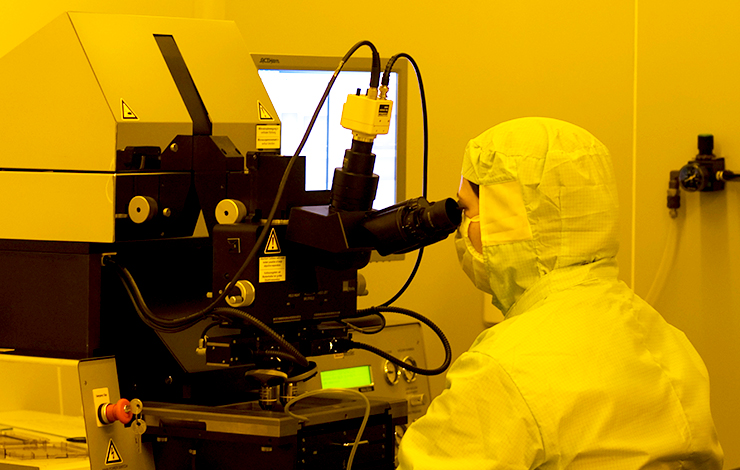


High-mobility p-type NiOx thin-film transistors processed at low temperatures with Al2O3 high-k dielectric
| Title | High-mobility p-type NiOx thin-film transistors processed at low temperatures with Al2O3 high-k dielectric |
| Publication Type | Journal Article |
| Year of Publication | 2016 |
| Authors | b c Shan F a, b c Liu A a, Zhu H c, Kong W a, Liu J c, Shin B d, Fortunato E e, Martins R e, b c Liu G a |
| Journal | Journal of Materials Chemistry C |
| Volume | 4 |
| Pagination | 9438-9444 |
| ISSN | 20507534 |
| Keywords | Alcohols, Annealing temperatures, CMOS integrated circuits, Device engineering, Gate dielectrics, High-k dielectric, Hole mobility, Large-area substrates, Low temperatures, Magnetic semiconductors, Metals, MOS devices, Oxide films, Oxide semiconductors, Oxide thinfilm transistors (TFTs), Polyol reductions, Research studies, Solution-processed, Substrates, Thin film circuits, Thin film transistors, Thin films, Transistors |
| Abstract | Although there are a few research studies on solution-processed p-channel oxide thin-film transistors (TFTs), the strict fabrication conditions and the poor electrical properties have limited their applications in low-power complementary metal oxide semiconductor (CMOS) electronics. Here, the application of the polyol reduction method for processing p-type CuxO and NiOx channel layers and their implementation in TFT devices are reported. The optimized CuxO and NiOx TFTs were achieved at low annealing temperatures (∼300 °C) and exhibited decent electrical properties. Encouraged by the inspiring results obtained on SiO2/Si substrates, the TFT performance was further optimized by device engineering, employing high-k AlOx as the gate dielectric. The fully solution-processed NiOx/AlOx TFT could be operated at a low voltage of 3.5 V and exhibits a high hole mobility of around 25 cm2 V-1 s-1. Our work demonstrates the ability to grow high-quality p-type oxide films and devices via the polyol reduction method over large area substrates while at the same time it provides guidelines for further p-type oxide material and device improvements. © The Royal Society of Chemistry 2016. |
| URL | https://www.scopus.com/inward/record.uri?eid=2-s2.0-84991618970&doi=10.1039%2fc6tc02137a&partnerID=40&md5=92e17e74d206227fc2232cc92da21ded |
| DOI | 10.1039/c6tc02137a |








